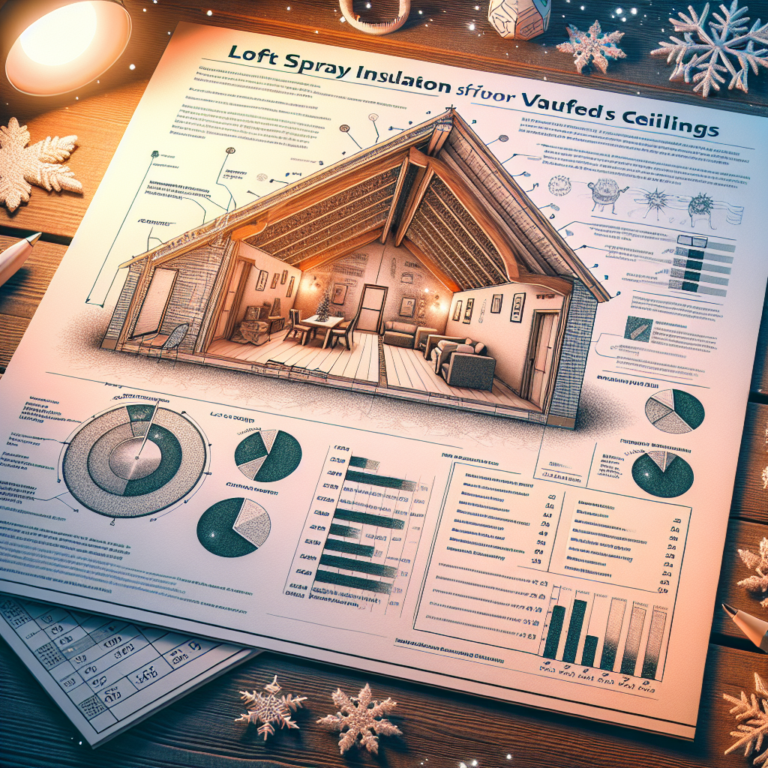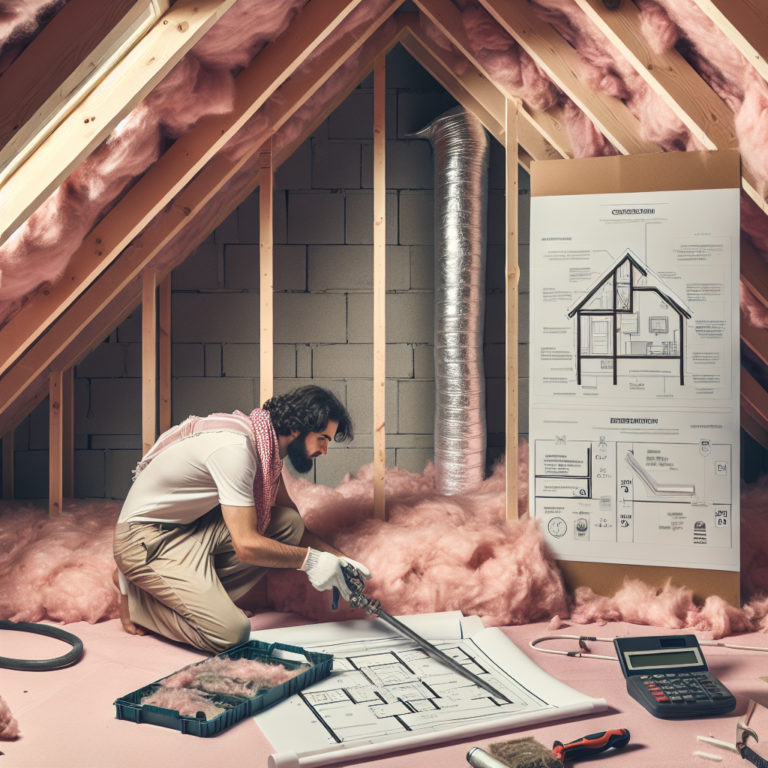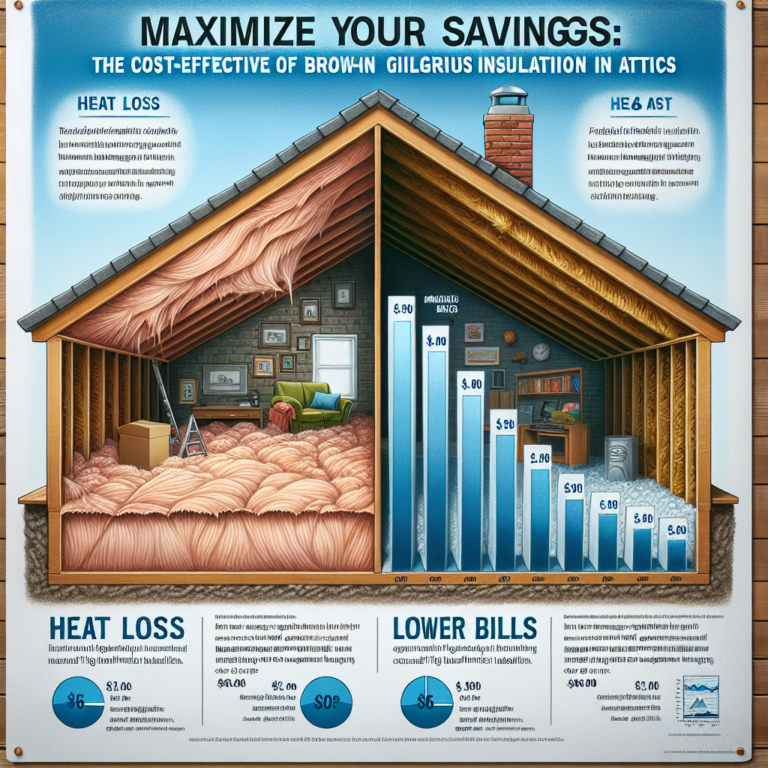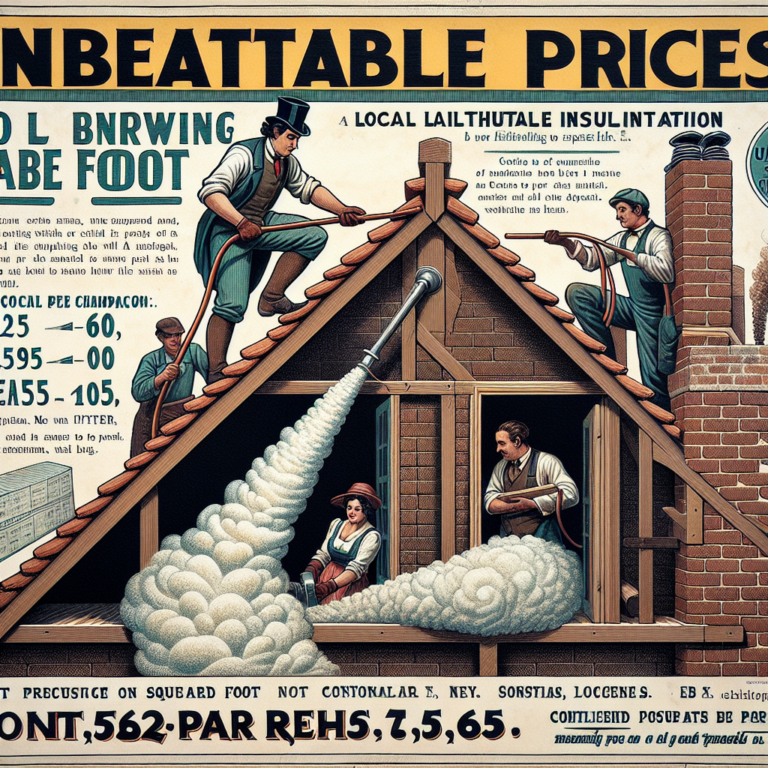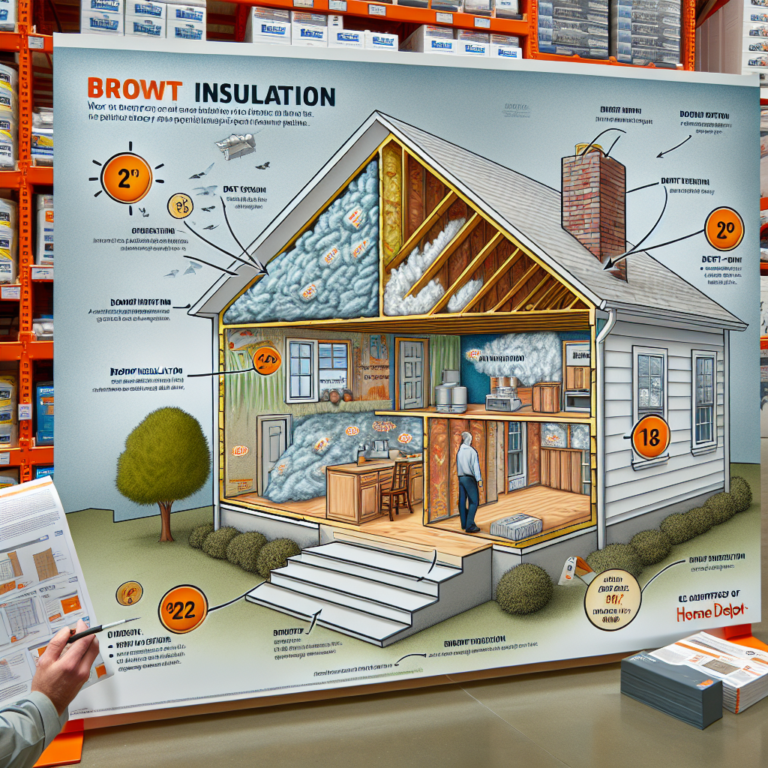Transform Your Attic with Mineral Wool Blown-In Insulation: Cost Breakdown
Introduction
Insulating your attic is one of the smartest home improvements you can make. Not only does it stabilize indoor temperatures year-round, but it also slashes your heating and cooling bills. Mineral wool blown-in insulation has emerged as a top contender for homeowners seeking a high-performance, long-lasting solution. In this article, we’ll explore the benefits, cost factors and how mineral wool blown-in insulation compares to other options—so you can decide if it’s the right investment for your attic upgrade.
Mineral Wool Blown-In Insulation: What It Is and Why It Works
Mineral wool blown-in insulation—also known as rock wool or slag wool—is manufactured by melting natural rock or industrial slag and spinning it into fine, fire-resistant fibers. A specialized blowing machine then distributes these fibers evenly across your attic floor, sealing gaps and voids with a continuous, seamless layer. Key performance attributes include:
• High R-Value: At R-3.0 to R-3.3 per inch, mineral wool offers excellent thermal resistance.
• Fire Resistance: Inorganic by nature, mineral wool will not ignite or emit toxic smoke, enhancing your home’s fire safety.
• Soundproofing: The dense fiber structure dampens airborne noise, reducing sound transfer between rooms and from outside.
• Moisture Resistance: Mineral wool repels water, preventing mold, mildew and rot.
Benefits of Mineral Wool Blown-In Insulation
Improved Energy Efficiency
By trapping heat in winter and reflecting solar heat in summer, mineral wool blown-in insulation reduces HVAC runtime by up to 20%. Many homeowners see their utility bills drop by hundreds of dollars annually.
Enhanced Fire Safety
Because mineral wool is non-combustible and can withstand temperatures above 1,000°F, it acts as an effective fire barrier—an important consideration for attic spaces where wiring, ductwork and other fire hazards may be present.
Superior Sound Control
Thick, dense insulation intercepts sound waves, improving acoustic privacy and creating a quieter indoor environment—a major bonus for homes near busy streets or under flight paths.
Long-Term Durability
Unlike fiberglass that can settle and leave gaps over time, mineral wool retains its loft and R-value indefinitely, so you won’t need to top it up or replace it for decades.
What Influences the Cost of Mineral Wool Blown-In Insulation
Several variables determine the total price you’ll pay for professional installation:
1. Attic Size and Shape
A straightforward, open attic requires less labor than a cramped space with obstacles. Total square footage directly affects material and labor costs.
2. Desired R-Value
Building codes may require a minimum R-value—often R-38 to R-60 in colder regions. Greater R-value means more material and higher expense.
3. Existing Conditions
If old insulation must be removed or repairs made (e.g., sealing leaks, adding ventilation), your contractor may charge extra for prep work.
4. Accessibility
Attics that are hard to reach or require scaffolding and additional safety precautions add to labor time and cost.
5. Regional Labor Rates
Average hourly rates for insulation installers vary by region. Urban or high-cost areas typically see higher labor charges.
Typical Cost Range and ROI
On average, mineral wool blown-in insulation costs between $1.50 and $3.50 per square foot. For a 1,000-square-foot attic, expect a total investment of $1,500 to $3,500, including materials and installation. Although this initial outlay may exceed the price of fiberglass or cellulose, mineral wool’s superior performance and longevity deliver faster payback through energy savings and reduced maintenance. Some utility companies and local governments offer rebates or tax incentives that can further lower net costs.
Comparing Mineral Wool Blown-In Insulation to Other Types
• Fiberglass Blown-In: Least expensive at $1.00–$1.50 per sq ft, but lower R-value and prone to settling over time.
• Cellulose Blown-In: Mid-range cost at $2.00–$3.00 per sq ft, eco-friendly (made from recycled paper) but less fire resistant than mineral wool.
• Spray Foam: Highest upfront cost at $3.00–$5.00 per sq ft, best air sealing but can off-gas chemicals and lacks sound-damping properties.
Conclusion
Investing in mineral wool blown-in insulation transforms your attic into an energy-saving, fire-resistant and sound-controlled zone that pays for itself over time. By understanding the cost factors, average price ranges and long-term benefits, you can confidently upgrade your attic with mineral wool blown-in insulation and enjoy a more comfortable, efficient home—and substantial savings on your utility bills.




